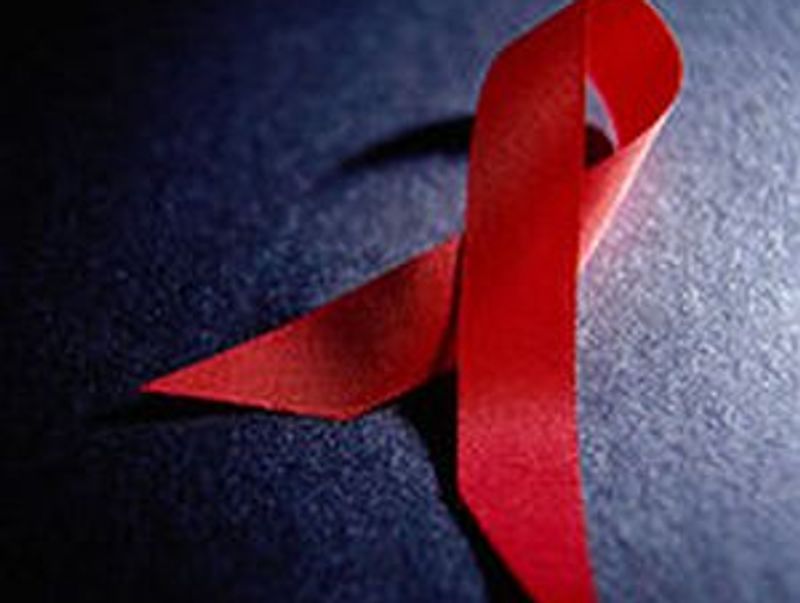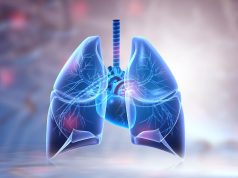48.4 percent decrease found in HIV-related death rates and 8.6 percent decrease seen in non-HIV-related death rate
THURSDAY, Nov. 19, 2020 (HealthDay News) — From 2010 to 2018, there was a 36.6 percent decrease in the rate of death among persons with diagnosed HIV (PWDH), according to a Vital Signs report published in the Nov. 20 issue of the U.S. Centers for Disease Control and Prevention Morbidity and Mortality Weekly Report.
Karin A. Bosh, Ph.D., from the CDC in Atlanta, and colleagues examined age-adjusted death rates per 1,000 PWDH during 2010 to 2018 using data from the National HIV Surveillance System for persons aged 13 years and older.
The researchers found that death rates decreased by 36.6 percent overall during 2010 to 2018 (from 19.4 to 12.3 per 1,000 PWDH). HIV-related death rates decreased 48.4 percent during 2010 to 2017 (from 9.1 to 4.7), while there was an 8.6 percent decrease in non-HIV-related deaths (from 9.3 to 8.5). During 2017, the rates of HIV-related deaths were highest by race/ethnicity among persons of multiple races and Black/African American persons (7.0 and 5.6, respectively), followed by Whites and Hispanic/Latinos (3.9 and 3.9, respectively). The highest and lowest HIV-related death rates were seen in the South and Northeast (6.0 and 3.2, respectively).
“Deaths caused by HIV infection have likely decreased because of improvements in diagnosing infections and in treatment and medical care,” the authors write. “Diagnosing HIV infection early, treating it promptly, and maintaining access to high-quality care and treatment over a lifetime can improve life expectancy and reduce differences in rates of deaths across all populations.”
Copyright © 2020 HealthDay. All rights reserved.








